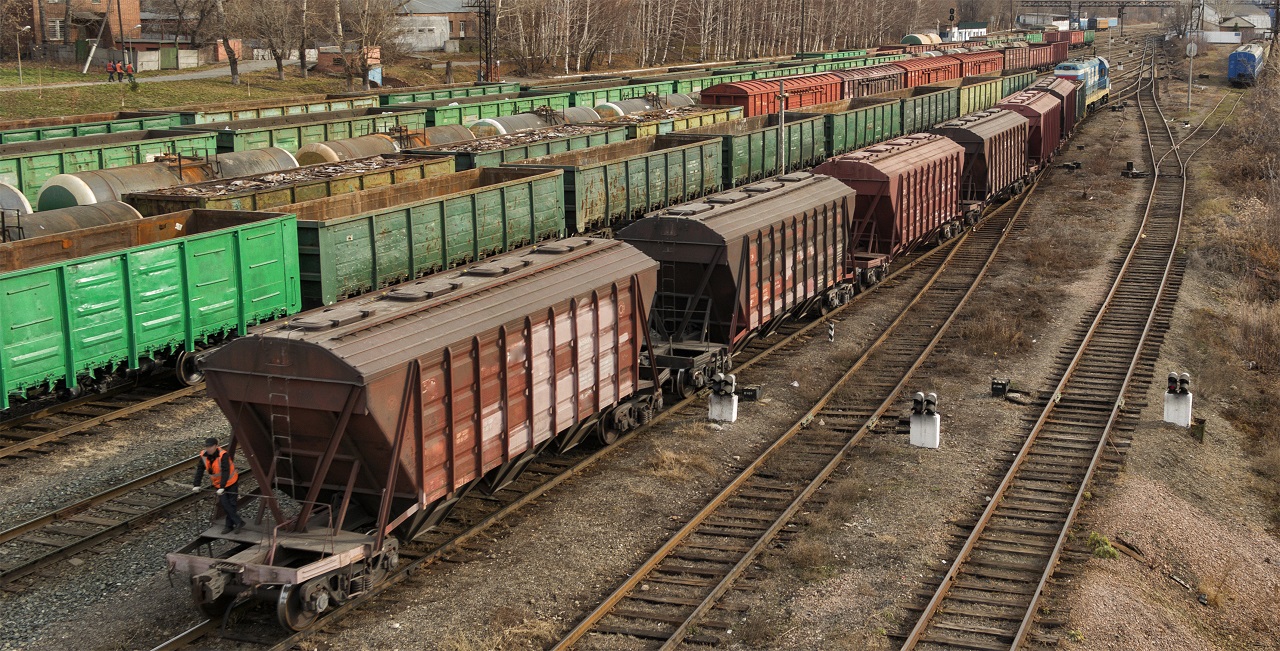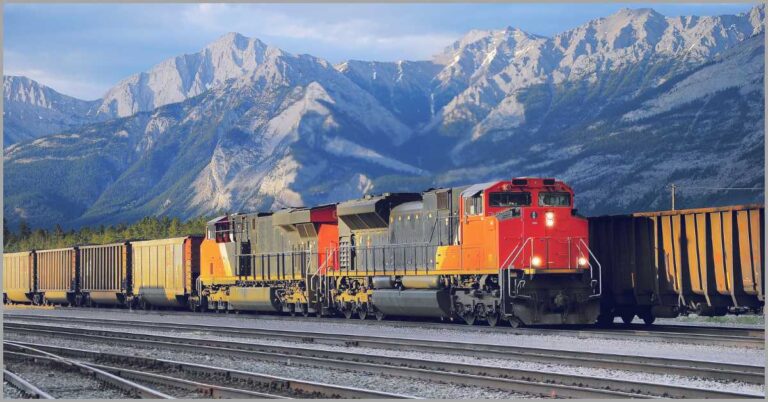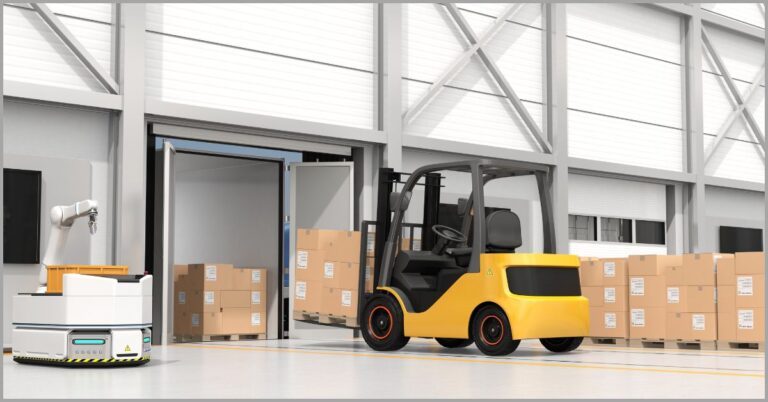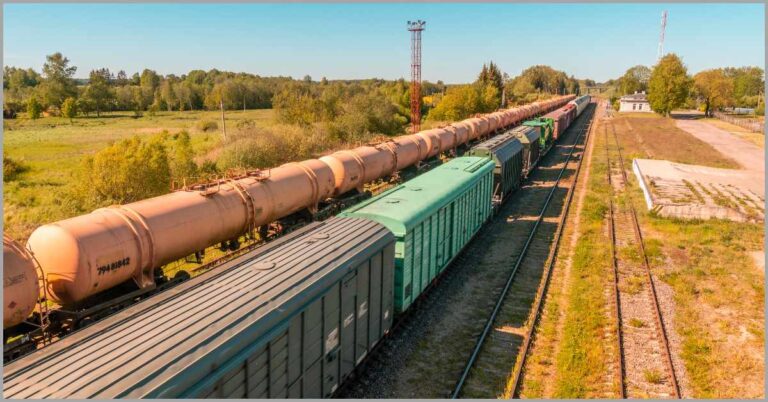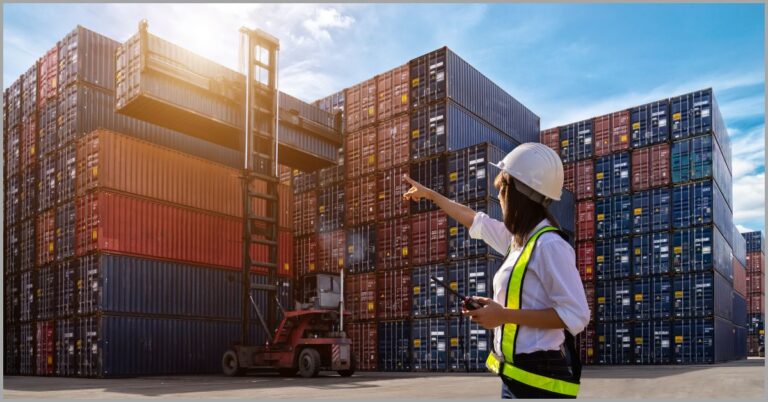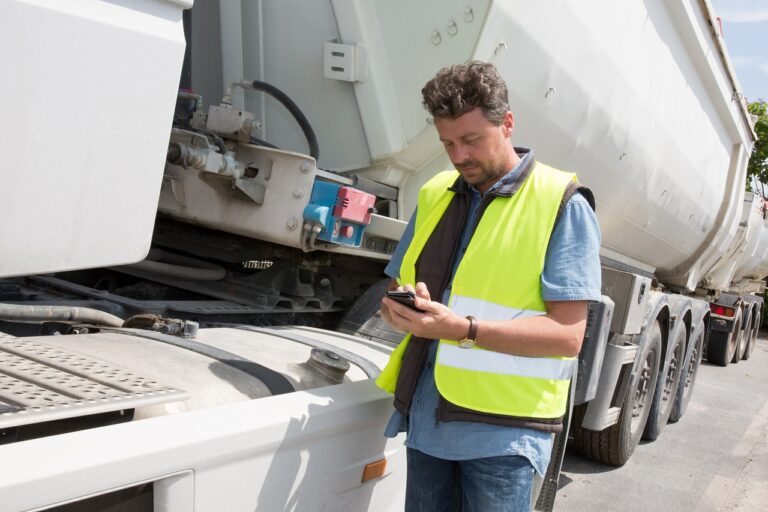transloading industry business forecast
transloading industry economic business forecast
Many are looking to deploy their capital into simple business models that present a viable alternative to franchising which cuts into their potential profits. Opening a new transload yard offers a compelling business case for the forthcoming years. Market conditions, shifting labor dynamics, and environmental pressures create an opportunity for new rail-to-truck reload terminals.
U.S. rail freight revenues are forecast to advance 4.7% per year in nominal terms through 2025, according to market research firm Freedonia Focus Reports, as reported by DC Velocity magazine in “Rail freight revenues to grow 4.7% per year through 2025“. Many others are confirming similar trends. Here, we examine the forces that will drive new business to transload yards.
Stressed supply chains are adding pressure for manufacturers, lumber yards, wholesalers, and retailers to explore more cost effective shipping methods. Cross-country Rail rates are much lower as compared to long-haul trucking. It is therefore reasonable to expect that shippers will take advantage of this opportunity to cut costs without degrading their operational efficiency. Transloads serve a key function in enabling shippers to access rail from multiple short-run truck loads on both ends of their shipping route.
Furthermore, as the pandemic taught us, resilience in supply chains might be just as critical as efficiency. Transload yards can play a key role in adding inventory capacity to smooth out production and supply chain hiccups, helping businesses improve their customer experience.
Growing shortage of long-haul trackers will make other modes of transportation, including rail, more appealing. It is only a matter of time before labor shortages drive up costs of truckload freight. Again, reload terminals provide the vital transition service between rail freight and last mile truck service, thus helping to overcome the challenges of long-distance trucking.
Climate change is pushing businesses to consider means of transport with lower carbon footprint. This is where rail comes well ahead of long-haul trucking. According to the Paris Accord, US should reduce emissions by roughly 5% annually, yet we’ve measured a 6% increase in 2021 as the economy recovers from pandemic-caused closures. This is why many are projecting that rail shipping will be on the rise and transloads will become a critical infrastructure point between rail and last mile delivery.
The key to opening up and successfully operating a new transload is adopting best practices early on, especially as shortages of qualified labor persist. The software system a transloader chooses, will often determine how successful and scalable their business will be. Having a system that is easy to learn, easy to use, and easy to own is the key to success. The system should guild the transload manager and the crew through all key operations and even support ancillary revenue streams. Lastly, having a trusted advisor guiding you through planning, setup and operational optimization is invaluable. Consider our Services to help you position your business for success.

